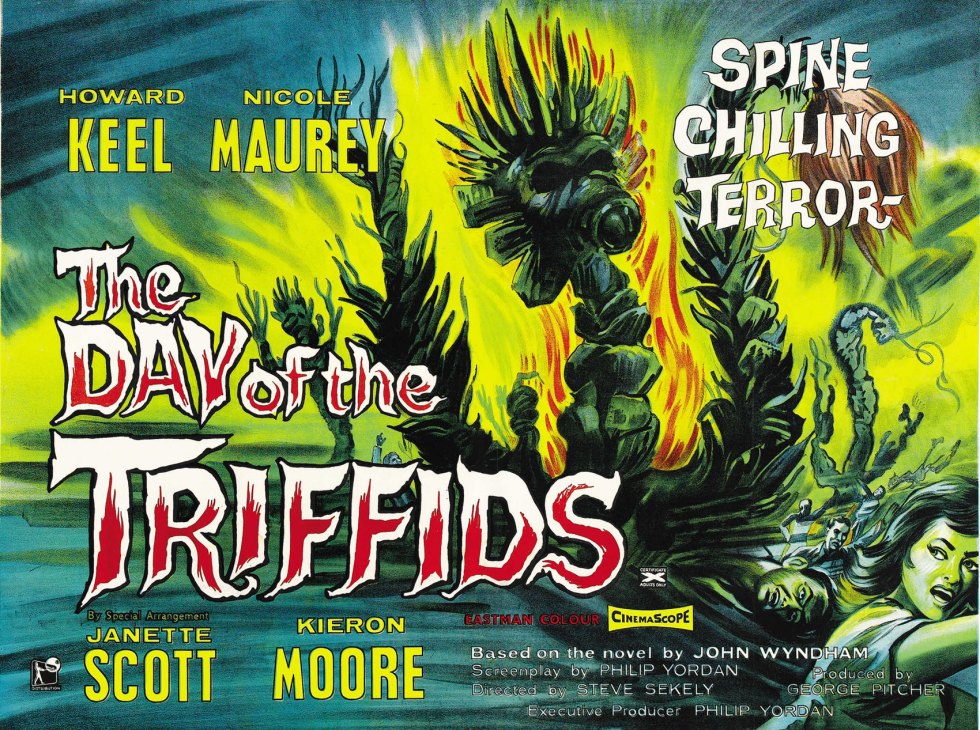You’d be hard pressed to go a day in design circles without coming across numerous references to biophilic design. As globalisation fuelled dramatic urban growth over recent decades, changing how we live and work, we were for a time kidded into thinking we must make a choice between our modern built environment and nature. We’ve since had a green awakening.
In our cities and workplaces the removal of trees and greenery ‘in the name of progress’ produces a negative effect on how we feel, reducing our sense of wellbeing and ultimately our performance. Inhabiting cities without trees and workplaces devoid of plants or natural light is not a pleasant thought. Perhaps we needed to be reminded of a simple fact we had forgotten: Nature makes us feel good.
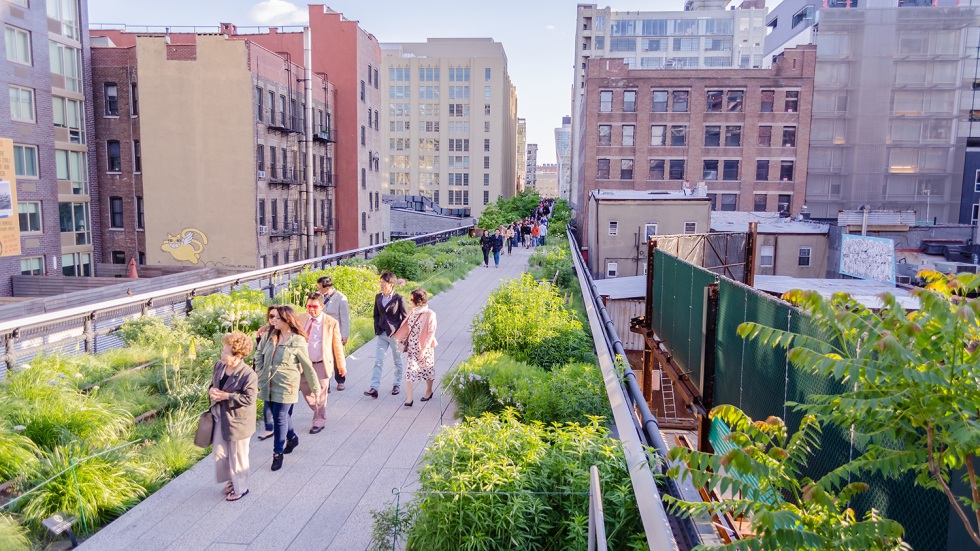
Now that the penny has dropped, the race is on to correct our mistakes with the mass introduction of biophilic design and green architecture. And there have been notable successes. New York’s Highline is a case in point with visitor numbers off the charts. Notably, this project is 98% funded by community group ‘Friends of the Highline’ and has had a huge positive impact on surrounding areas.
Singapore’s Gardens by the Bay (below) sprawls over 250 acres and confirms the city’s place at the head of the Biophilic table. Featuring metal clad solar powered ‘trees’ covered with tropical flowers and with raised interconnecting walkways, the park comes alive at night with a light and sound show.
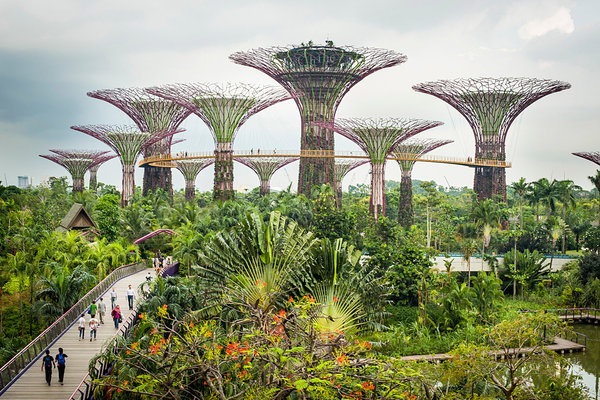
Thomas Heatherwick Studio received both acclaim and criticism for their New York and London schemes. Both are now set to go ahead, with London’s Garden Bridge (main image above) heckled along the way. With the proven successes of New York and Singapore, I fail to see how such a positive green addition can be anything other than a huge benefit to a large modern city.

Many of us lucky enough to attend Saloni Milano will have noticed Stefano Boeri’s Vertical Forest, combining high density living with as many trees as a hectare of forest. These modern buildings challenge the perception that urban green spaces should be either horizontal or disruptive to the financial yield. The integration of greenery into the very fabric of our buildings has become a sought after addition to our living and working spaces.
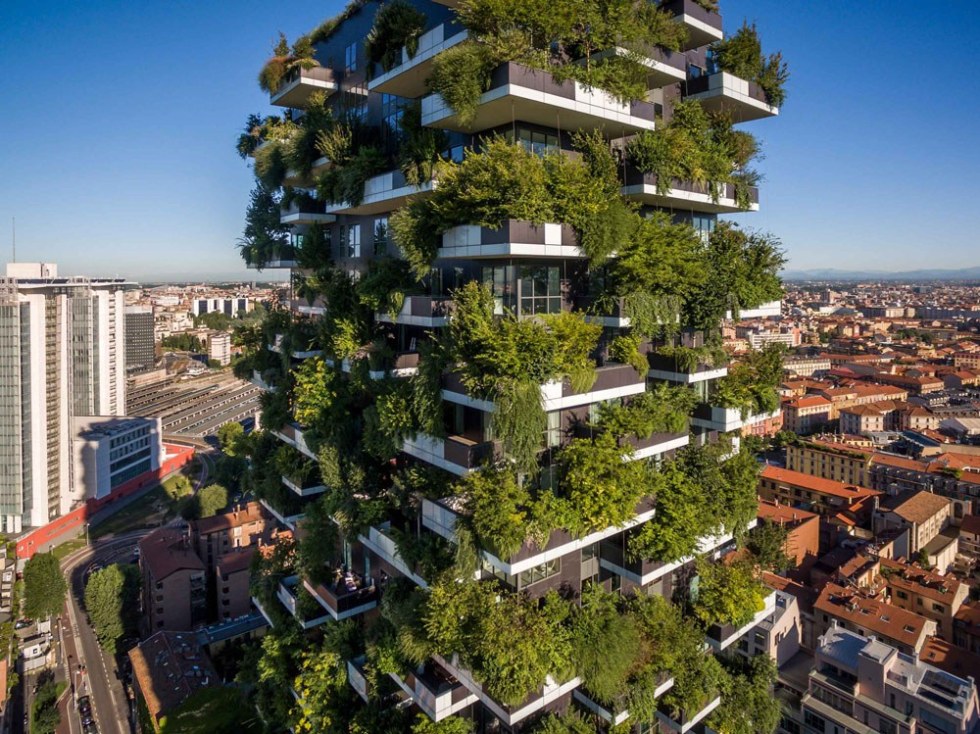
Vertical greenery also translates to interior environments. A leading trend at last year’s Orgatec saw industrial open modular shelving units providing a home to lush greenery in the workplace, acting as a calming visual barrier whilst improving air quality. Combine this with natural materials and natural light and its no surprise that the ’employee experience’ is much more positive and productive.
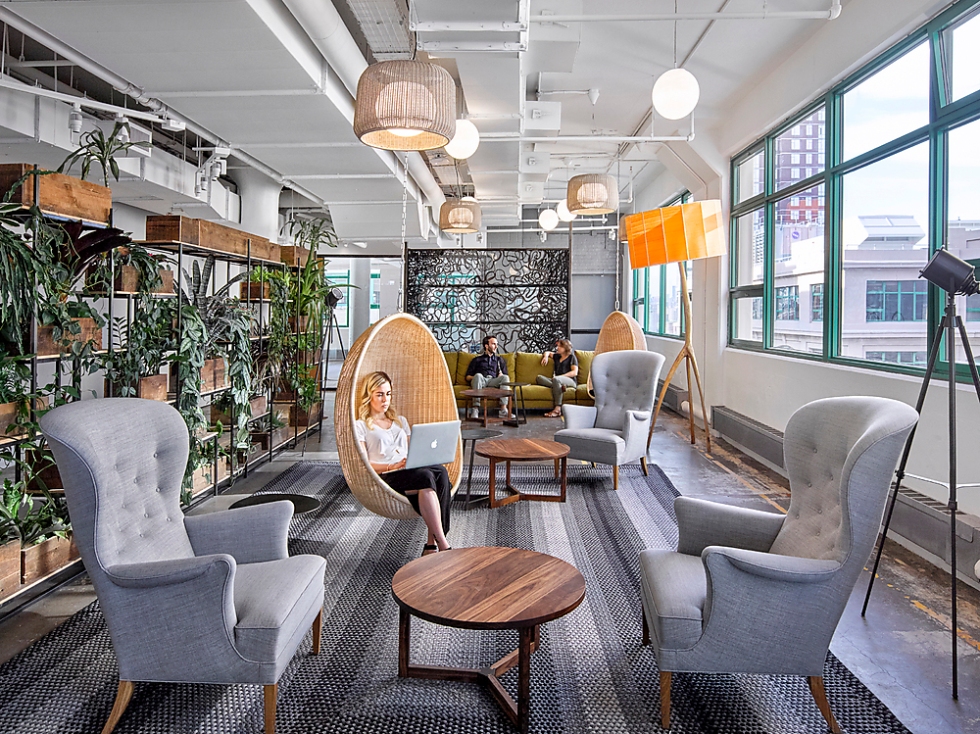
Recent years have also seen a rapid growth in the use of living walls in the workplace. Based on the same principles, this approach can add much needed greenery to an expensive floorplate with maximum efficiency. If you look carefully you might even find David Bellamy and a couple of squirrel monkeys in there somewhere.
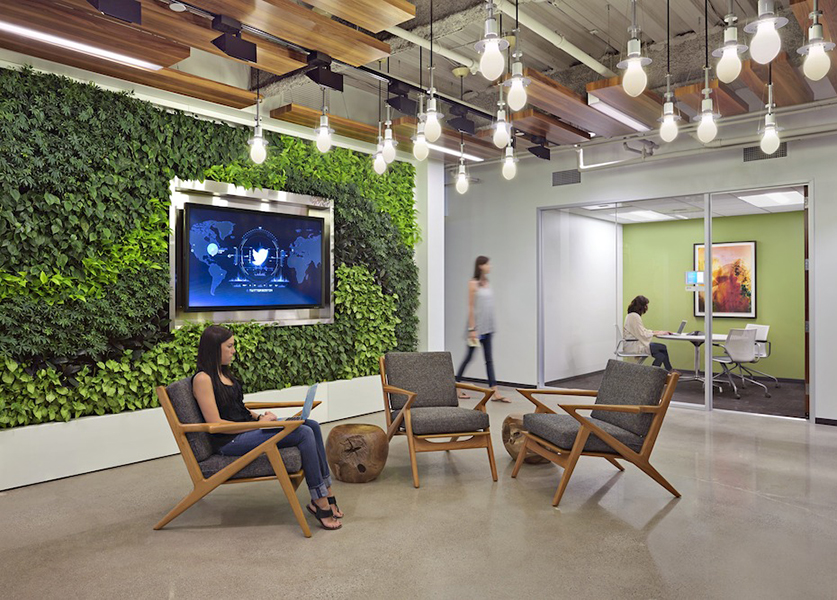
In a recent interview Danish starchitect Bjarke Ingels commented “All humans inhabit the same amount of real estate: Earth. We have the power to adapt our physical surroundings to life – imagine what we can do… Once you’ve accepted that there’s no way we (humans) can be here without having a very significant influence on our planet, we should take it as a positive. Instead of having unanticipated negative social and environmental side effects, we should design our world so we have positive social and environmental side effects.”
If we apply this theory not just in terms of the wider built environment, but also in terms of our immediate interiors and the micro-architecture with which we come into contact on a daily basis, it is also very valid indeed.
The idea of ‘shared space’ (or real estate) as a communal facility is more relevant today than ever with sprawling tech work ‘campuses’ being built and the rise of transitional spaces currently used for coworking. These interior environments and our performance within them is a science. If we make a list of what humans need to survive it begins with oxygen, water, food, shelter and sleep. As we work down the list beyond healthcare and clothing etc, the points become less ‘obligatory’ and more ‘optional’ – but important to our performance nonetheless. Where would you put wifi, good coffee and friendly colleagues on the list for example?

In a micro but measurable way, the conditions in our immediate surroundings influence our productivity, well-being and performance. Just because we have MacBooks and Ugg boots doesn’t mean we can ignore our basic needs. Each tick in the box results in an improvement. And some score more points than others. Adjustable lighting: tick. Ergonomics: tick. Acoustic screen between you and shouty loud bloke: tick.
As interiors people we aim to positively influence and improve these environments. We should all be encouraging our clients to integrate plants, natural materials as well as spaces to walk, sit and relax among them into interior schemes. Let’s make micro-parks within our offices, gardens in our public libraries and small forests in our lobbies. Let’s put nature back into our cities, workplaces and lives.
What could possibly go wrong…?
